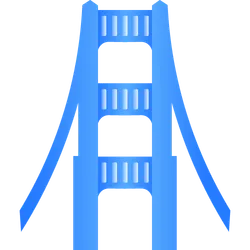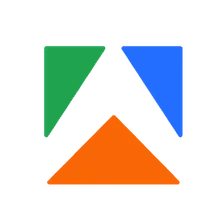Example Golden Gate Webcam
Pricing
Pay per usage
Go to Apify Store Deprecated
Deprecated
Example Golden Gate Webcam
Example actor that opens a webpage with Golden Gate webcam. It takes a screenshot from the cam and saves it as output to the key-value store. You can easily use it as API that returns a screenshot with https://api.apify.com/v2/acts/apify~example-golden-gate-webcam/run-sync?token=[YOUR_API_TOKEN]
Pricing
Pay per usage
Rating
0.0
(0)
Developer

Apify
Maintained by Community
Actor stats
5
Bookmarked
21
Total users
3
Monthly active users
3 years ago
Last modified
Categories
Share

